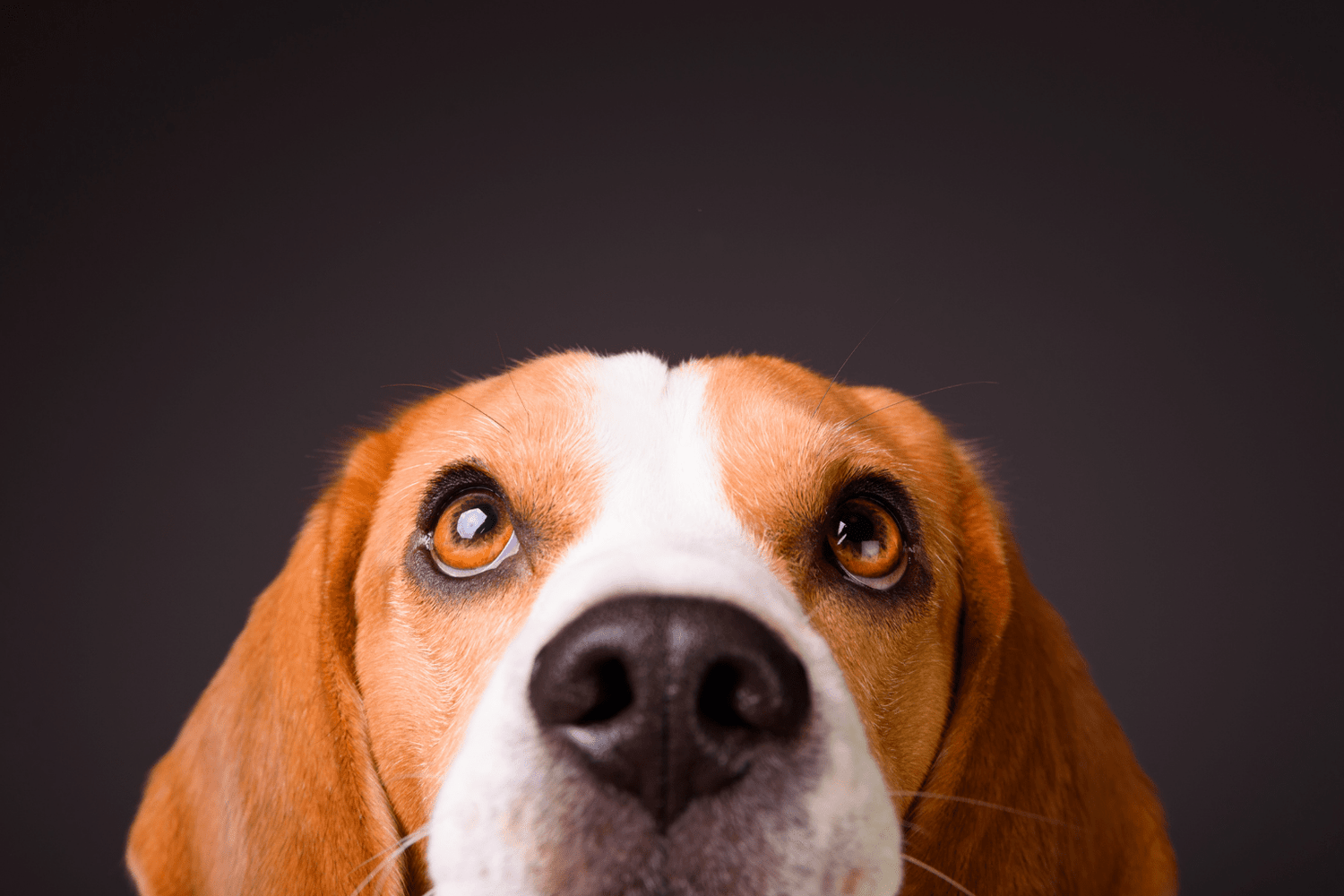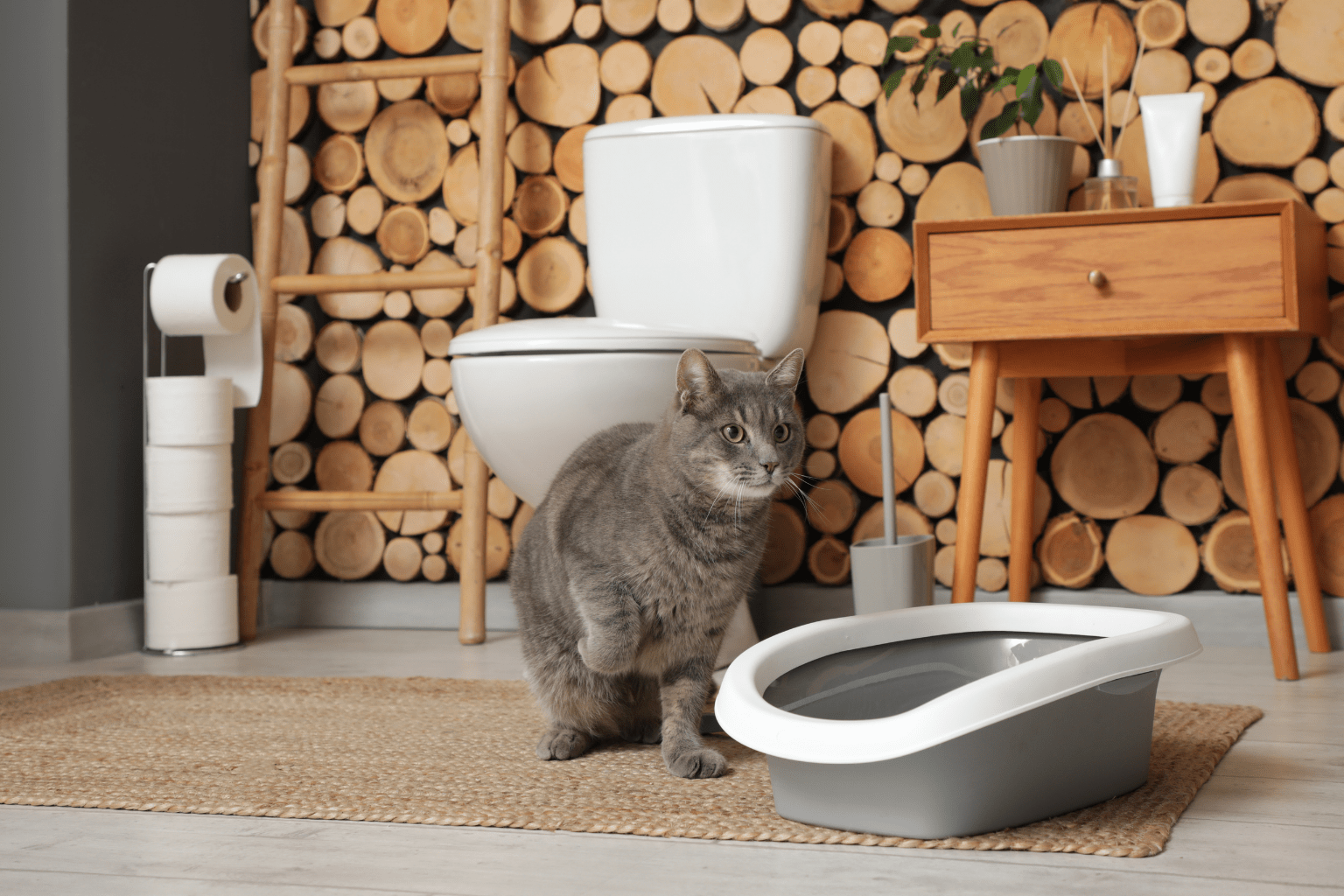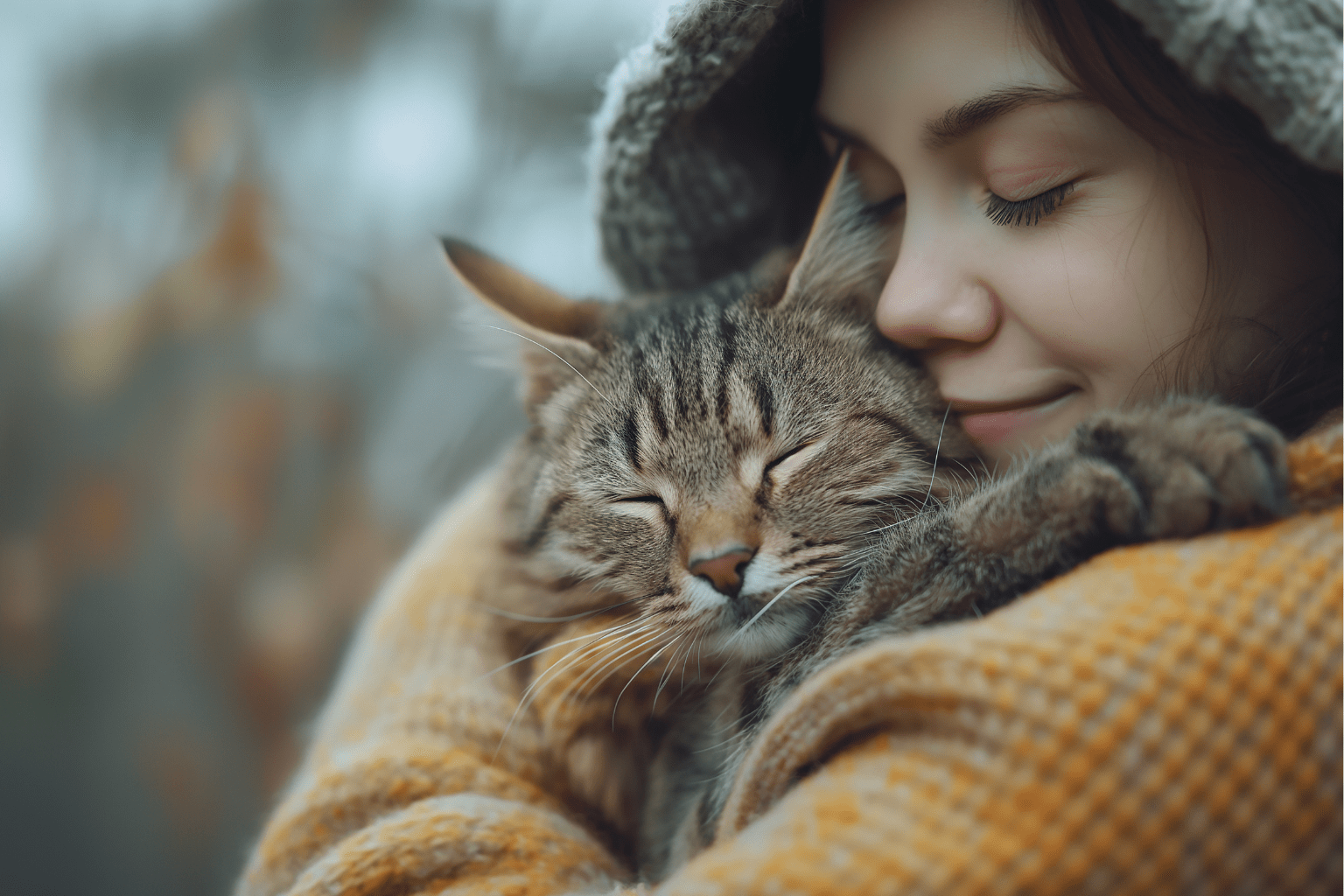Key Takeaways
- Your dog's eyes can indicate a range of health issues, from minor irritations to serious vision threats.
- Early detection of eye problems is crucial for effective treatment and recovery.
- Providing gentle and proper eye care helps prevent costly complications.
- Pet parents should be knowledgeable about dog eye wellness to ensure their pet's overall health.
Table of Contents
- Understanding Your Dog's Eyes: Anatomy & How Vision Works
- Most Common Dog Eye Issues: Signs, Causes & When to Worry
- How to Safely Examine & Care for Your Dog's Eyes at Home
- Navigating Dog Eye Treatments: Veterinary Options vs. Natural Support
- Real-Life Success: Stories from Pet Parents & Support Community
- Dog Eye Supplements & Preventative Care: Long-Term Wellness
- Further Reading, Resources & Community Connections
- Dog Eye FAQs: Quick Answers to Tough Questions
- Comprehensive Dog Eye Care: Your Path Forward
The Complete Guide to Dog Eye Wellness: What Pet Parents Need to Know
Your dog's eyes are windows to their health, revealing everything from minor irritations to serious conditions that could threaten their vision. Understanding how to spot problems early and provide gentle, effective care can make the difference between a quick recovery and costly complications. Dog Eye Infection & Vision Support Remedy offers a natural way to address common eye concerns before they escalate.
Most dog eye issues develop gradually, making them easy to miss until they become serious. From breed-specific vulnerabilities to age-related changes, every pet parent needs practical knowledge to protect their companion's sight and comfort. For comprehensive support, consider the Dog Eye Health & Allergy Relief Bundle for watery eyes, infections, redness, itching, and tear staining.
Over-the-Counter Natural Eye, Ear, Nose, and Throat (ENT) Supplements for Dogs & Cats can also play a vital role in maintaining your pet's overall eye and ear health.
Understanding Your Dog's Eyes: Anatomy & How Vision Works
Dogs possess unique eye structures that differ significantly from human vision. The cornea acts as the eye's protective outer layer, while the iris controls light entry through the pupil. Behind these, the lens focuses images onto the retina, where visual information gets processed.
The most distinctive feature is the nictitating membrane or third eyelid, which provides extra protection and is more visible in certain breeds. This membrane can become prominent during illness or stress, serving as an early warning system for pet parents.
Vision Comparison: Dogs see primarily in blue and yellow spectrums, detecting only 2-8 color variations compared to humans' 3 million shades. However, their night vision surpasses ours by 4-5 times thanks to the tapetum lucidum, the reflective layer that creates that characteristic eye shine.
Understanding these differences helps explain why dogs navigate differently in various lighting conditions and why certain eye problems manifest uniquely in canines versus other pets.
Most Common Dog Eye Issues: Signs, Causes & When to Worry

Conjunctivitis tops the list of dog eye disorders, presenting as redness and discharge around the eye area. Clear discharge typically indicates allergies, while yellow or green suggests bacterial inflammation requiring prompt attention. For more details on what causes dog red eyes and how to address them, check out our in-depth guide.
Cherry eye appears as a pink bulge near the inner corner and occurs when the third eyelid gland prolapses. Brachycephalic breeds like Bulldogs and Boston Terriers face higher risks due to their facial structure.
| Condition | Key Symptoms | Urgency Level |
|---|---|---|
| Conjunctivitis | Redness, discharge, squinting | Moderate - 24-48 hours |
| Corneal Ulcer | Cloudiness, pawing, light sensitivity | High - Same day |
| Glaucoma | Enlarged eye, severe pain, vision loss | Emergency - Immediate |
| Dry Eye | Thick discharge, dull appearance | Moderate - Within days |
Cataracts and glaucoma represent more serious threats to vision. Cataracts cause lens cloudiness, while glaucoma increases eye pressure and can cause permanent blindness within days if untreated.
How to Safely Examine & Care for Your Dog's Eyes at Home
Regular home examinations help catch dog eye conditions before they escalate. Gently hold your dog's head steady and examine each eye in good lighting, looking for discharge, cloudiness, or unusual redness.
Safe cleaning protocol:
- Use a clean, damp cotton pad for each eye
- Wipe from inner corner outward
- Never use human eye drops or harsh chemicals
- Clean daily for breeds prone to discharge
For mild irritation or early signs of discomfort, Dog Eye Care & Eye Infection Treatment pellets support the body's natural healing response. Small dogs (under 25 lbs) receive 2-3 pellets twice daily, medium dogs (25-60 lbs) receive 6 pellets twice daily, and large dogs (over 60 lbs) receive 6 pellets three times daily. For maintenance, use half the dose once daily.
Expert Insight: Many eye problems worsen rapidly. If you notice sudden changes in eye appearance, discharge color, or your dog pawing excessively, contact your veterinarian within 24 hours rather than waiting to see if symptoms improve.
Navigating Dog Eye Treatments: Veterinary Options vs. Natural Support
Veterinary approaches for eye problems in dogs typically involve antibiotic drops, anti-inflammatory medications, or surgical intervention. These approaches target specific concerns but may cause side effects like digestive upset or lethargy. If your dog also suffers from allergies that impact their eyes, Dog Allergy & Immune Support Remedy can help address underlying sensitivities.
Dog Eye Care & Eye Infection Treatment works differently by supporting your pet's natural healing mechanisms without masking symptoms. The gentle pellet formula dissolves easily on gums, eliminating the stress of administering liquid drops to anxious pets.
Treatment Approach Comparison
Natural Homeopathic Support
- No side effects or interactions
- Easy pellet administration
- Supports body's healing response
- Cost-effective for ongoing care
Prescription Medications
- Potential digestive or behavioral side effects
- Requires precise liquid dosing
- Higher cost ($50-500+ per treatment)
- May require multiple vet visits
For severe conditions like glaucoma or deep corneal ulcers, immediate veterinary care remains essential. However, natural remedies can complement professional treatment and provide ongoing support during recovery. For more information on spotting and solving eye infections in dogs, read our article on spotting and solving eye infections in dogs.
Real-Life Success: Stories from Pet Parents & Support Community

Bailey, a 7-year-old Golden Retriever, developed recurring eye irritation that left him squinting and uncomfortable. Within three days of starting our eye support pellets, his owner noticed significant improvement in his comfort level. "It was such a relief to see Bailey's bright eyes return without the stress of liquid drops," shared his grateful pet parent.
Many pet parents discover that gentle, consistent support provides better long-term results than waiting for problems to escalate. Our community regularly shares success stories of dogs who've maintained clear, comfortable eyes through daily pellet support rather than repeated cycles of stronger interventions.
Dog Eye Supplements & Preventative Care: Long-Term Wellness
Preventative care forms the foundation of lifelong dog eye health. Daily maintenance includes gentle cleaning around the eye area with a damp cotton pad, ensuring adequate hydration, and providing nutrition that supports tear production. Regular supplementation with our eye support pellets helps maintain optimal eye comfort, especially for aging dogs or active breeds prone to environmental irritation. For a broader approach to wellness, explore our Dog and Cat Supplement Bundles for multi-system support.
Gary discovered this approach when his aging Labrador began showing signs of decreased eye comfort during their daily fetch sessions. After incorporating our eye support pellets into his dog's routine, the Lab returned to enthusiastic play without squinting or discomfort. "It's like having the old Bailey back," Gary shared.
Breed-specific considerations matter significantly. Brachycephalic breeds like Bulldogs and Pugs benefit from more frequent eye cleaning due to their prominent eyes and shallow tear ducts. German Shepherds and Golden Retrievers, prone to both joint and eye concerns as they age, often thrive with comprehensive natural support that addresses multiple systems simultaneously. If your dog also experiences joint issues, the Dog Joint Health & Mobility Bundle can help maintain comfort and mobility.
Daily Eye Wellness Routine:
- Morning: Gentle cleaning with damp cotton pad
- Midday: Monitor for discharge or irritation
- Evening: Administer preventative pellets as needed
- Weekly: Check for changes in clarity or comfort
Consistent preventative care costs far less than addressing advanced conditions. A monthly supply of our natural pellets provides ongoing support while giving you peace of mind that you're nurturing your dog's wellness naturally and effectively.
Further Reading, Resources & Community Connections
Expand your knowledge with trusted veterinary ophthalmology resources and connect with our supportive pet parent community. The American College of Veterinary Ophthalmologists provides excellent educational materials, while local veterinary schools often offer specialized eye care clinics.
Join our community to share experiences, ask questions, and access exclusive wellness tips. Our monthly newsletter features success stories, seasonal eye care advice, and early access to new natural remedies. Together, we're building a community that prioritizes gentle, effective care for the pets we love most.
Dog Eye FAQs: Quick Answers to Tough Questions

Can my dog see color? Dogs see primarily blues and yellows, missing the red spectrum that humans perceive. Their world appears similar to a person with red-green colorblindness, but their superior night vision compensates with 4-5 times better low-light detection than humans.
How often should I clean my dog's eyes? Daily gentle cleaning around the eye area prevents buildup of discharge and debris. Brachycephalic breeds like Bulldogs may need twice-daily attention due to their prominent eyes and shallow tear ducts.
Is eye cloudiness always an emergency? Sudden cloudiness warrants immediate veterinary attention, especially if accompanied by pain or vision changes. Gradual cloudiness in senior dogs may indicate cataracts, requiring professional evaluation but not emergency care.
When should I switch from home care to veterinary treatment? Contact your vet within 24 hours if you notice intense squinting, thick yellow-green discharge, sudden swelling, or any signs of pain. Our eye support pellets can provide comfort during professional treatment. For more on this topic, read our article on dogs eyes red.
Red Flag Symptoms Requiring Immediate Care:
- Sudden vision loss or bumping into objects
- Eye bulging or significant swelling
- Intense pawing or rubbing at the eye
- Thick, colored discharge with odor
Can I use our eye support pellets with prescribed medications? Our natural pellets complement veterinary care without interference. Always inform your vet about any supplements you're providing to ensure comprehensive care coordination.
Comprehensive Dog Eye Care: Your Path Forward
Protecting your dog's vision requires understanding both immediate care needs and long-term wellness strategies. Throughout this guide, we've explored how dog eye health depends on recognizing early warning signs, implementing proper home care techniques, and choosing treatments that support rather than suppress your pet's natural healing abilities.
The evidence clearly favors a proactive approach combining daily maintenance, natural support, and professional guidance when needed. Dog Eye Care & Eye Infection Treatment pellets offer the gentlest entry point for addressing mild irritation while building your dog's resilience against future eye problems. Unlike harsh medications that can create dependency or side effects, our homeopathic approach works with your dog's system to restore balance and comfort.
Looking ahead, the pet care industry continues moving toward integrative approaches that honor both scientific advancement and natural healing wisdom. Smart pet parents are discovering that starting with gentle, effective remedies often prevents the need for more aggressive interventions later. This philosophy aligns perfectly with the "Nurture with Nature" approach that has guided thousands of families toward healthier, happier pets.
Your dog's eyes deserve the same careful attention you give to their nutrition, exercise, and emotional wellbeing. By incorporating the strategies outlined here, from understanding normal anatomy to recognizing concerning symptoms to implementing preventative care, you're building a foundation for lifelong visual health. For more information on canine eye exams and professional care, visit this eye exams for dogs resource.
Remember that every dog's needs are unique. What works beautifully for a young, active Border Collie may require adjustment for a senior Pug with different anatomical considerations. Trust your observations, maintain open communication with your veterinary team, and don't hesitate to reach out to our community when questions arise.
The journey toward optimal dog eye wellness starts with a single step: choosing to prioritize gentle, effective care that honors your pet's natural healing capacity. Your dog's bright, comfortable eyes will thank you for years to come.
Remember: This information supports but never replaces professional veterinary advice. Always consult your veterinarian for proper diagnosis and treatment planning.
Frequently Asked Questions
What are the early signs of common dog eye problems that pet parents should watch for?
Early signs include redness, excessive tearing, squinting, pawing at the eye, cloudiness, or a visible third eyelid. Noticing these symptoms early helps you provide gentle care and seek advice before issues worsen.
How does the anatomy of a dog's eye, such as the nictitating membrane, affect their vision and eye health?
The nictitating membrane, or third eyelid, offers extra protection and moisture to the eye. It can become more visible during illness or stress, acting as a helpful signal that your dog’s eye health may need attention.
When should I seek veterinary care for my dog's eye issues versus trying natural or over-the-counter remedies at home?
If your dog shows persistent redness, swelling, discharge, pain, or changes in vision, it’s time to see a vet. For mild irritations or early signs, gentle natural remedies and supportive care can help maintain comfort and prevent escalation. Always monitor closely and consult your vet if symptoms persist.
Are there specific breeds more prone to certain eye conditions, and how can I best prevent these problems in my dog?
Yes, some breeds have unique vulnerabilities like dry eyes or tear staining. Prevention includes regular eye checks, keeping the area clean, and using natural eye care products to support overall eye wellness. Early detection and consistent care are key to protecting your dog’s vision.



